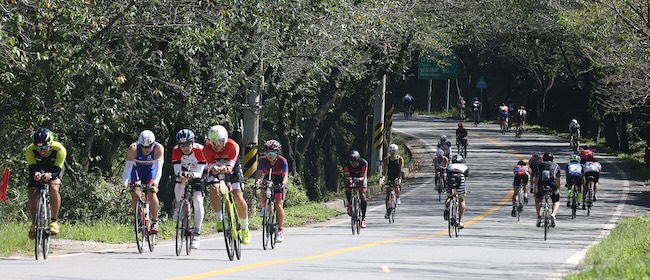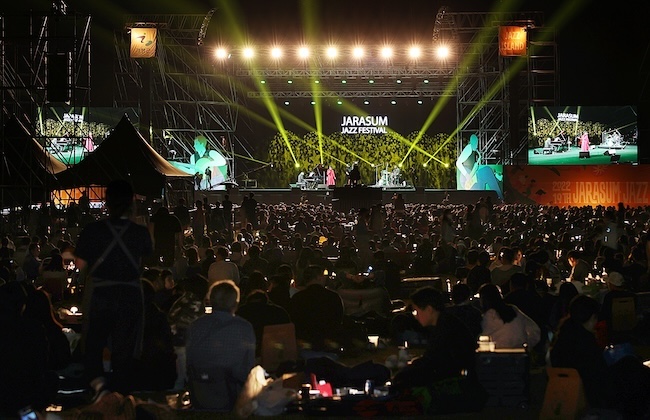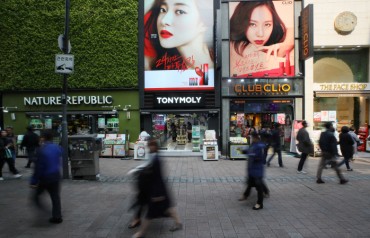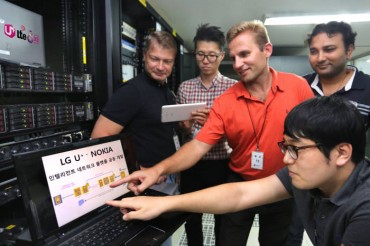SEOUL, Jul. 26 (Korea Bizwire) – In the quiet countryside of South Korea, a surprising trend is emerging. Towns like Gurye in South Jeolla Province, Yangyang in Gangwon Province, and Hadong in South Gyeongsang Province are experiencing a tourism renaissance, despite their dwindling official populations.
These rural communities, each with fewer registered residents than a single urban neighborhood in Seoul, are bustling with cafes and restaurants. The secret to their vitality? A surge in visitor numbers that far outstrips their official population figures.
While registered populations in these areas continue to shrink due to nationwide demographic shifts, the number of people staying for extended periods — defined as those who visit at least once a month for three hours or more — has skyrocketed.
According to government data released on July 25, the 89 officially designated “population decline areas” across South Korea have a combined registered population of 4.9 million. However, their “living population,” which includes registered residents, regular visitors, and foreign tourists, reaches a staggering 25 million.
Gurye County leads the pack with its visitor-to-resident ratio. With just 24,196 registered residents as of March, the county boasts a staggering 449,206 regular visitors — 18.4 times its official population.
This is the highest such ratio in the country, followed by Yangyang (10.2 times), Hadong (10 times), Gapyeong in Gyeonggi Province (9.9 times), and Ongjin County in Incheon (8.5 times).
Local officials attribute this success to their focus on tourism and sports. Gurye, for instance, has expanded beyond its traditional draw of Hwaeomsa Temple and Mount Jirisan to offer a calendar of monthly festivals, including celebrations of cornelian cherry flowers, cherry blossoms, and poppies.
The county has also capitalized on media exposure, collaborating with popular TV shows and promoting social media-friendly locations.
Sports events have become another key driver. Gurye hosts youth soccer tournaments, national women’s ssireum (traditional Korean wrestling) championships, and Ironman Korea triathlons. These events, combined with efforts to attract athletic training camps, bring in over 60,000 visitors annually for sports activities alone.
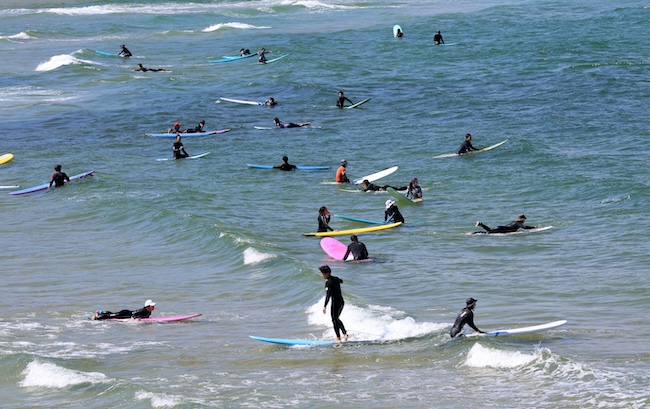
Yangyang has reinvented itself as a surfing mecca, benefiting from improved accessibility to Seoul since the 2017 opening of a new expressway. (Image courtesy of Yonhap)
Yangyang has reinvented itself as a surfing mecca, benefiting from improved accessibility to Seoul since the 2017 opening of a new expressway. The county developed a smart tourism app, GoGo Yangyang, which simplifies trip planning and has boosted “workation” programs.
Hadong leverages its literary connections as the setting for the famous novel “Toji” (The Land), with its Pyeongsa-ri village in Agyang-myeon designated as a “Best Tourism Village” by the UN World Tourism Organization.
Gapyeong County, known for its Jaraseom Jazz Festival, is diversifying its appeal with water sports and a commercial brewing complex called Sooljium, where visitors can learn about and sample various alcoholic beverages.
Even the island county of Ongjin is seeing a tourism boom. With just 20,638 registered residents in March, it welcomed 176,226 regular visitors. The county offers generous ferry subsidies to encourage longer stays on its islands, including Yeonpyeong and Baengnyeong.
Kim Hee-sam, a professor at the Gwangju Institute of Science and Technology, sees value in these efforts to boost visitor numbers. “To revitalize these areas, we need people to visit,” he said. “However, for long-term sustainability, these regions must become places where young people can find jobs.”
Lina Jang (linajang@koreabizwire.com)


